Community farm connects Northeastern’s Oakland campus to neighborhood and nature
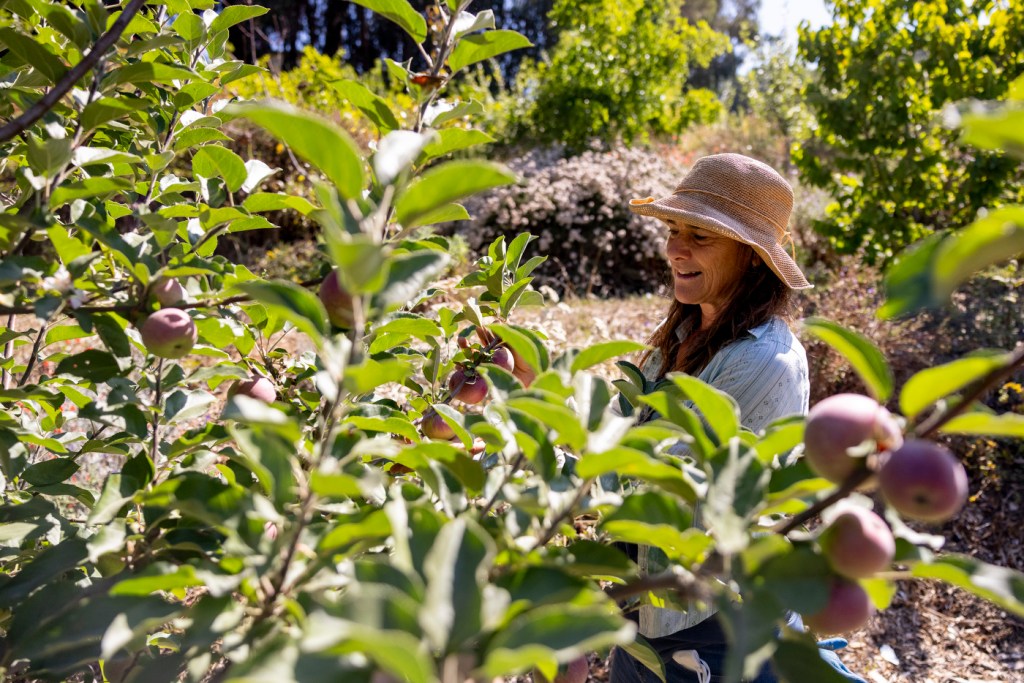
OAKLAND, Calif.—Mills College at Northeastern University prides itself on being an important part of the East Oakland community. Faculty and staff live here, students shop here and the campus hosts public events.
The university also helps keep the neighborhood healthy.
The Mills Community Farm is 2.5 acres of organic urban agriculture with an emphasis on sustainability, education and partnerships. A year-round effort started by students a decade ago, it produces a steady harvest of fresh fruits, vegetables, herbs and flowers.
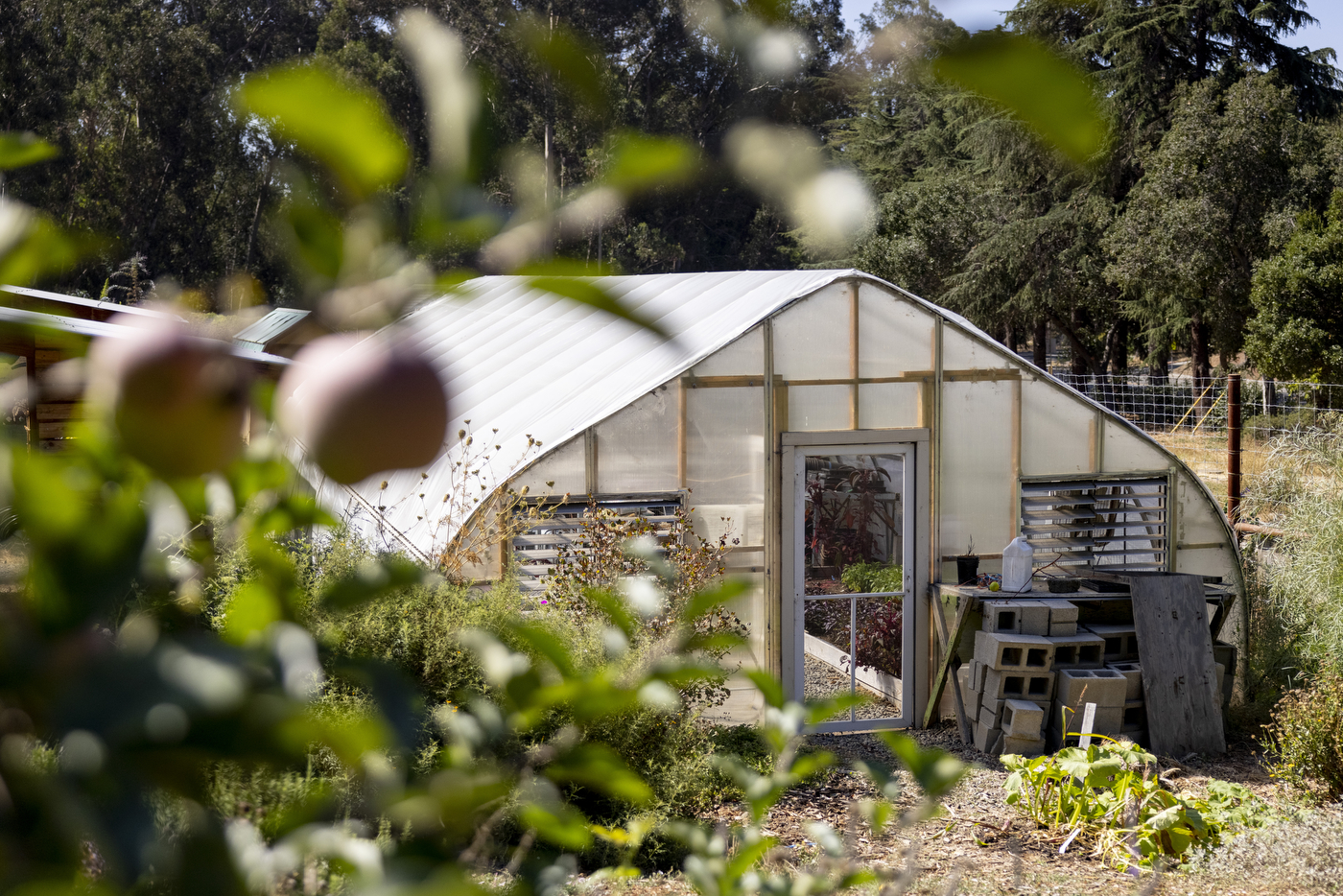


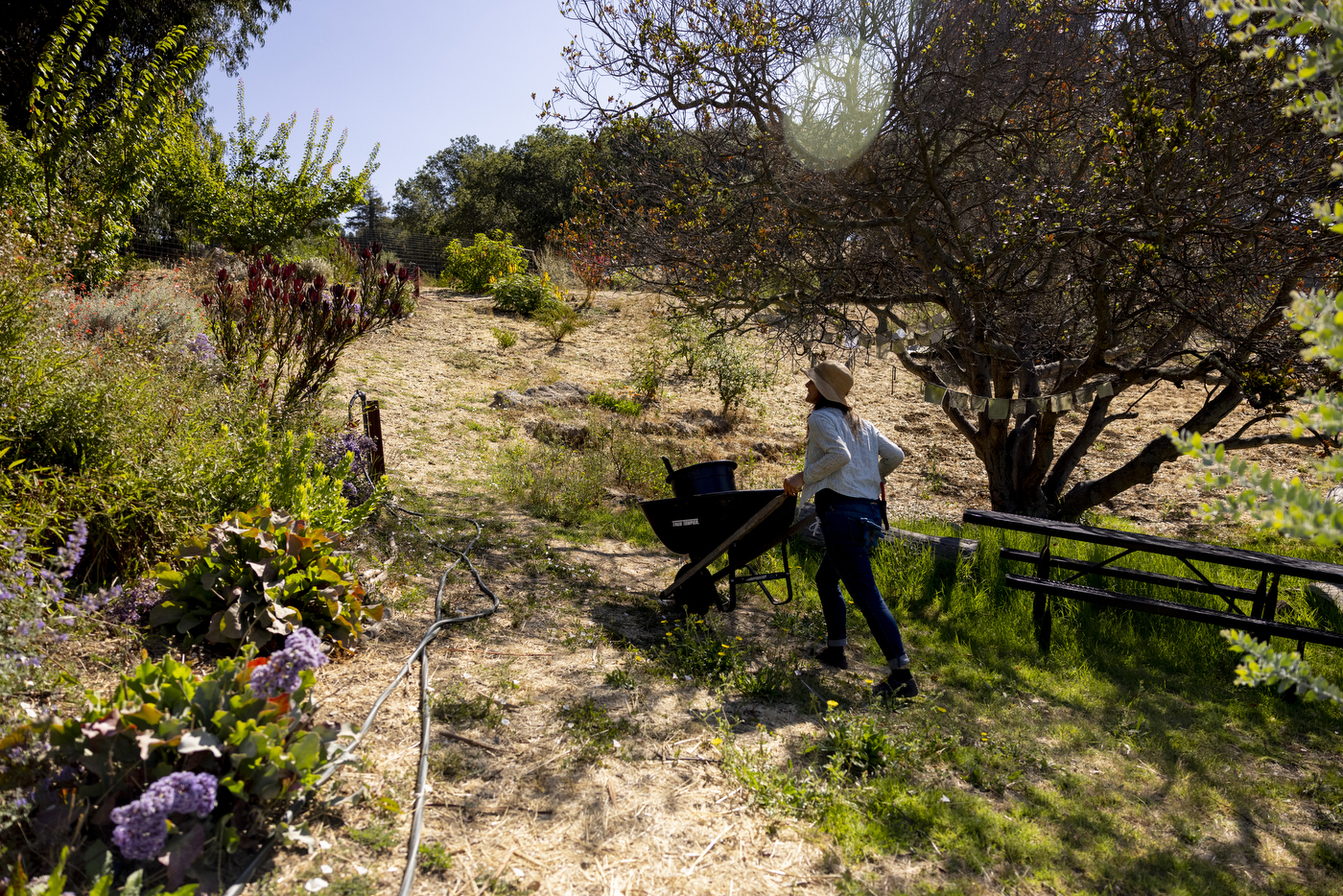
On a recent late-summer afternoon, five boxes filled with collards, kale and parsley lined the top of a wooden picnic table surrounded by the farm’s outdoor kitchen, toolshed and greenhouse. The names of local residents were hand-written on the front of the boxes. Nearby, Julia Dashe chatted with a happy customer.
“This is what it’s all about,” says Dashe, the farm’s director, “connecting people to the [university].”
The thriving community-supported agriculture program allows area residents—about 30 Oaklanders are currently enrolled—to purchase and pick up inexpensive produce. Some visit weekly, others monthly.
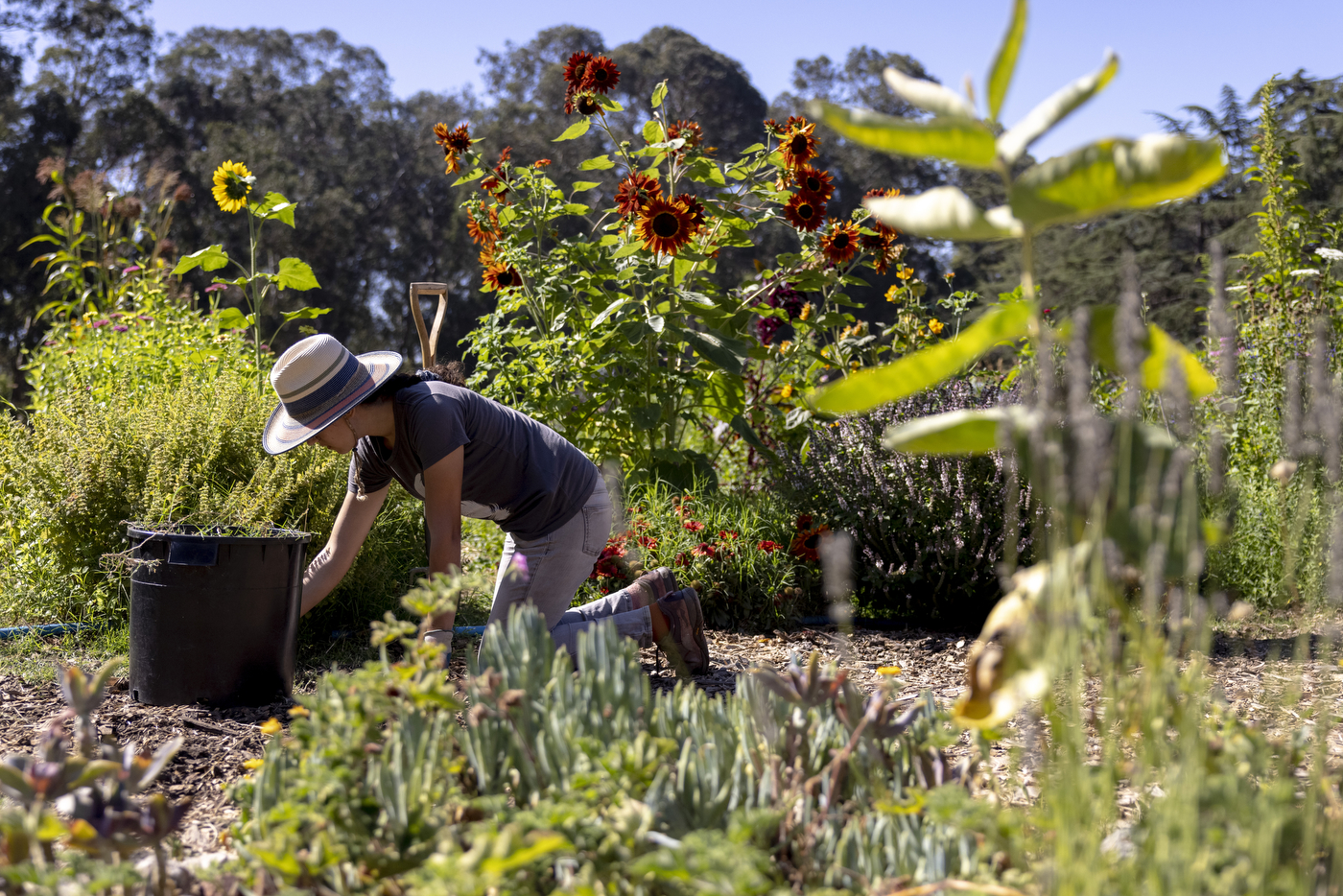
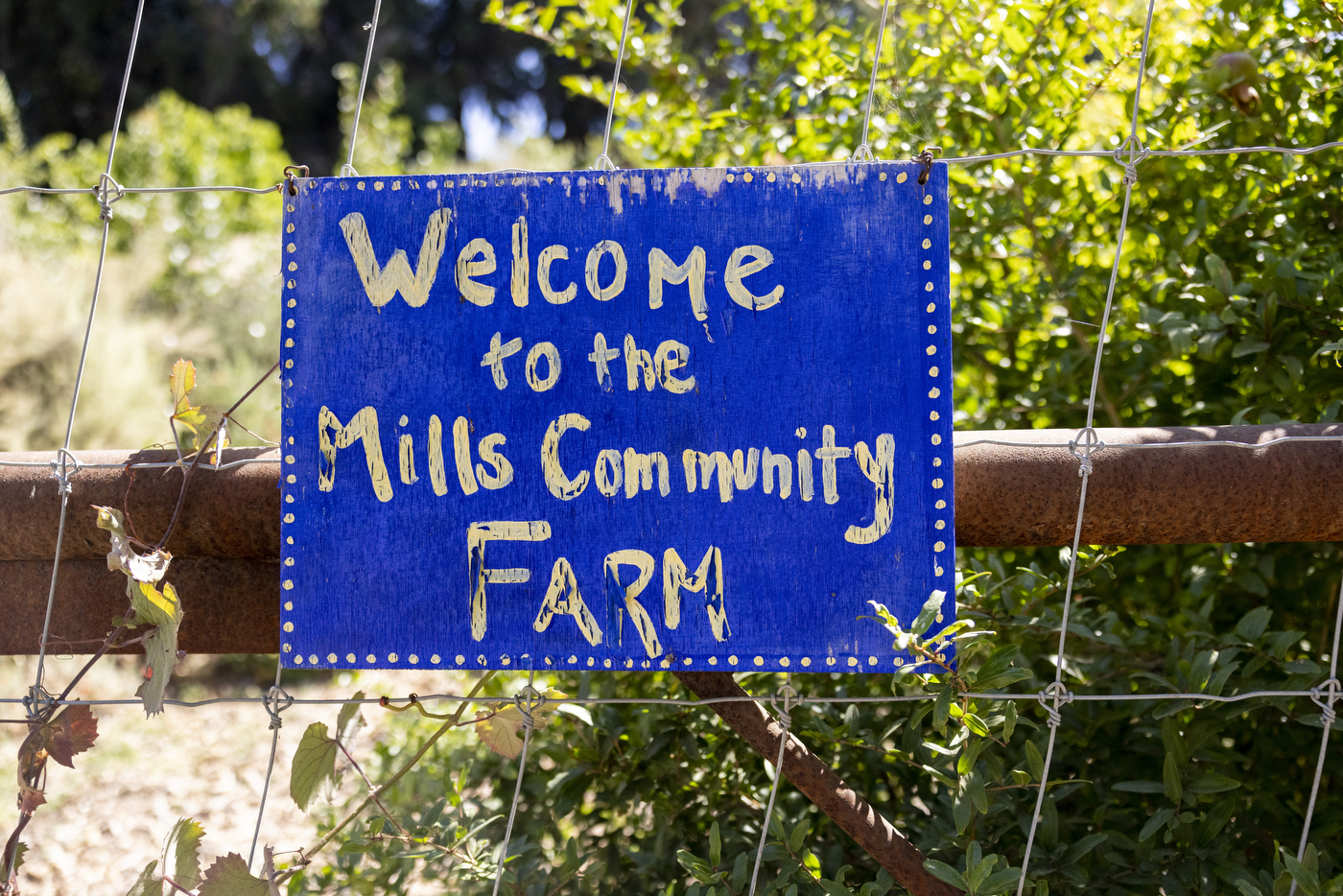
The program is one of the reasons why Dashe relocated to the Bay Area four years ago.
“It’s exciting to grow food for the community and build those relationships,” she says.
Dashe helped start the sustainable urban agriculture program at San Diego City College in 2008 and managed the farm there. Prior to that, she was an apprentice and garden educator at UC Santa Cruz, her alma mater. She’s also worked on farms in California and New England.
She admits Northeastern’s Oakland campus is unique.
“I’ve worked a lot of places, but this college is special,” Dashe says. “This farm is special.”
In addition to making produce available to the public, food harvested from the farm is also used in the campus cafeteria. The “farm pizza,” made using home-grown tomatoes and squash, is one of Dashe’s favorites.
The farm also grows tea plants—herbal, mint, medicinal, etc.—along with its own lemons. Bees on the property produce honey to sweeten any hot drink during the winter months, but the farm’s pop-up tea stands in September are most popular.
“We’d like to get more hives,” Dashe says. “It’s something we’d like to expand.”
The farm also sells its produce at area markets and used to supply area restaurants, but dropped the latter when the supply couldn’t keep up with the demand.
Dashe marvels at how far the community farm has come since graduate student Lauren Messmer first proposed the idea in her MBA thesis in 2010. In 2015, a gift from Kathleen Burke and Ralph Davis and a donation from the Clarence E. Heller Charitable Foundation helped expand what was once a small vegetable garden.
In 2018, the farm’s first manager, Alisha Strater, handed things off to Dashe.
“Imagine this was just a big hill,” says Dashe, her right hand extended as she gestures to several carefully constructed terraces that support over 60 varieties of fruit trees. There are figs, pomegranates and apples, as well as pears, plums, oranges and nectarines.
Plenty of attention is also paid to the two 80-foot planting beds, both about 30 inches wide, both dug and maintained mostly by students.
“Everything is done by hand,” Dashe says. “It’s not quite set up for tractor work or even a rototiller.”
Working on the farm is one of the hardest jobs on campus, but it’s also one of the most popular. Today’s college students have grown up with the latest technology and social media, but Dashe says they’re also among the biggest advocates for the environment.
“They’re so passionate,” she says.
In the past, Dashe has taught a farming practicum course. Today, she mentors student workers on things like the effects of climate change and the relationship between social status and food accessibility.
It’s all part of connecting with nature and the world around you, Dashe says.
“The students want the opportunity to be outside, dig their hands in the soil,” she says. “They want to be surrounded by butterflies and birds.”
No pesticides or herbicides are used on the farm, so there’s plenty of weeding and pruning to be done. The shed, built and donated by a neighbor across the street, borders a fence that protects the agriculture from squirrels, gophers and other hungry wildlife.
The growing season here is year-round. Unlike San Francisco to the west or Sacramento to the east, the average high temperature on Northeastern’s Oakland campus is 60 degrees in the winter and 75 in the summer. The farm has irrigation, but it’s not used much, about an hour every other day.
“It’s our curse and a blessing that we can plant and harvest all 12 months,” Dashe says. “So unlike in New England where they put beds to sleep, we just rotate our cool-season and warm-season crops.”
All crops are started from seed in the ground, or in the farm’s greenhouse, and in harmony with nature. Purposely planted flowers and herbs attract bees and hummingbirds that serve as pollinators. That kind of biodiversity makes the farm work.
“We’re not just planting rows of corn,” Dashe says. “We’re planting flowers, herbs and different kinds of vegetables. Everything has a purpose and everything works together.”
For media inquiries, please contact media@northeastern.edu.






